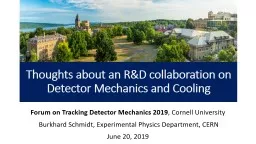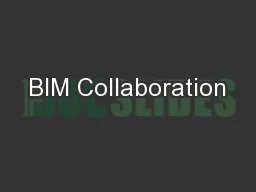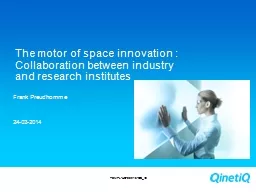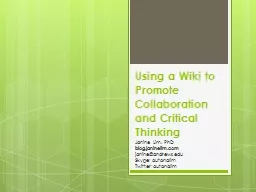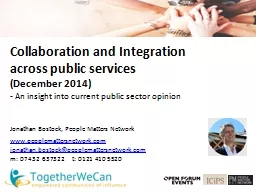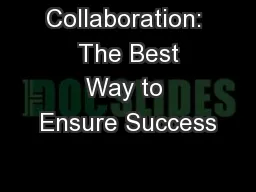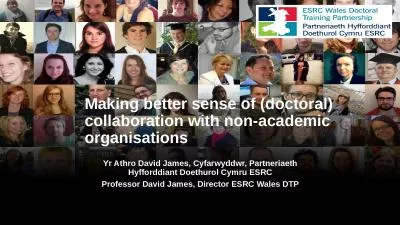PPT-Thoughts about an R&D collaboration on
Author : hondasnoopy | Published Date : 2020-06-18
Detector Mechanics and Cooling Forum on Tracking Detector Mechanics 2019 Cornell University Burkhard Schmidt Experimental Physics Department CERN June 20 2019
Presentation Embed Code
Download Presentation
Download Presentation The PPT/PDF document "Thoughts about an R&D collaboration ..." is the property of its rightful owner. Permission is granted to download and print the materials on this website for personal, non-commercial use only, and to display it on your personal computer provided you do not modify the materials and that you retain all copyright notices contained in the materials. By downloading content from our website, you accept the terms of this agreement.
Thoughts about an R&D collaboration on: Transcript
Download Rules Of Document
"Thoughts about an R&D collaboration on"The content belongs to its owner. You may download and print it for personal use, without modification, and keep all copyright notices. By downloading, you agree to these terms.
Related Documents

